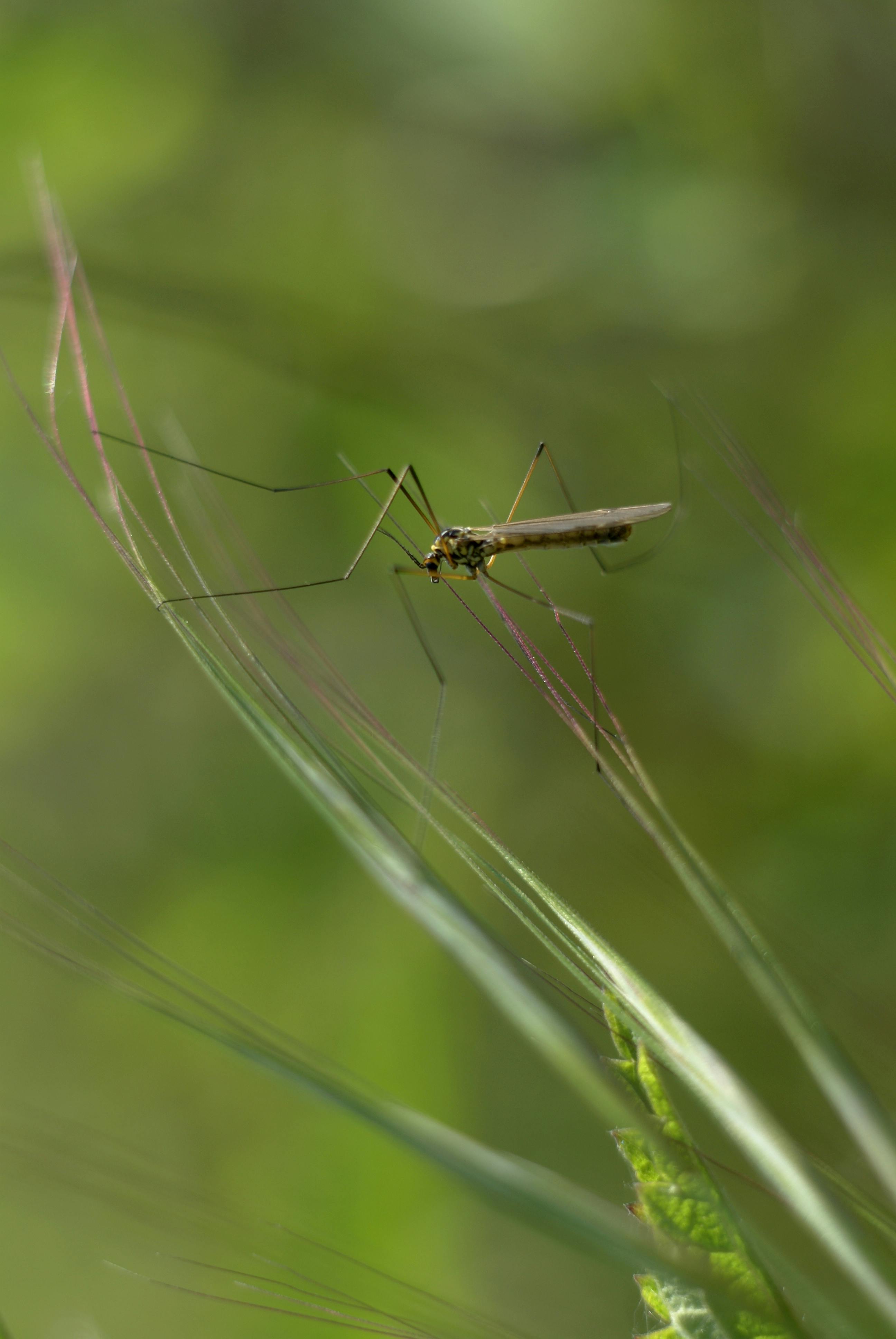Discover 5 Expert Methods for Breeding Betta Fish in 2025

Apply Now


Discover 5 Expert Methods for Breeding Betta Fish in 2025
Betta fish, known for their vibrant colors and unique personalities, have become increasingly popular among aquarium enthusiasts. As the demand for these beautiful creatures rises, understanding the nuances of breeding betta fish has never been more essential. Successful breeding not only elevates the enjoyment of keeping these fish but also contributes to their preservation and the diversity of their genetic line. This article unveils five expert methods for breeding betta fish, focusing on creating an optimal environment, understanding their mating behaviors, and ensuring the health and well-being of both parents and fry. The journey of breeding betta fish involves several key stages, including selecting the right pairs, preparing the breeding tank, and monitoring the development of fry. Through this guide, you will grasp the importance of proper betta fish care and the scientific factors influencing successful spawning. The insights provided here will ensure that you are well-equipped to bring new life into your aquarium while fostering healthy fish. **Key Takeaways**: Learn the essential conditions for breeding betta fish; discover effective feeding techniques for fry; understand the behavioral aspects of betta fish during the breeding process.Essential Guide to Creating a Spawning Environment for Betta Fish
Building on our exploration of breeding methods, it's crucial to create an ideal spawning environment for bettas. A well-prepared breeding tank is paramount for ensuring successful mating and raising of fry. Start by choosing the right tank size; a minimum of 10-20 gallons is recommended to provide ample space for swimming and reducing territorial aggression from the males. **Betta Fish Tank Setup**: Within the breeding tank, include essential elements like aquatic plants, hiding spots, and suitable substrates for spawning. Java moss and floating plants not only enhance aesthetics but also offer protective spaces for the delicate fry post-spawning. Make sure to install a filtration system that maintains water quality while ensuring gentle water movement, as strong currents can stress the fish. The tank should be carefully cycled before introductions; establishing beneficial bacteria helps create stable water conditions. Aim for a temperature between 78-80°F (25-27°C), as warmer waters stimulate breeding behaviors while promoting fry growth. Maintaining gradual water changes and regular cleaning will contribute to overall tank health. **Final Considerations**: Avoid using sharp decorations that can injure bettas. Regularly check and adjust the water parameters, aiming for steady pH levels around 6.5-7.5 to support breeding activities.The Importance of Water Conditions for Breeding Betta Fish
When it comes to breeding betta fish, water conditions play an integral role. Bettas are sensitive to water quality, making it vital to monitor parameters like ammonia, nitrite, nitrate, and pH levels consistently. An ideal setup includes soft, slightly acidic to neutral water with a temperature of around 78-80°F (25-27°C). **Water Quality Management**: To prepare for breeding, ensure that tap water is dechlorinated and parameters are stable. Utilize a quality water conditioner to eliminate harmful substances. During the breeding cycle, perform partial water changes weekly to maintain optimal conditions without disturbing the fish during spawning. Additionally, finely monitoring water changes protects fry once born. The tiny fry need clean surroundings, and small fluctuations can have significant impacts on their survival rates. **Feeding During Breeding**: Overfeeding can lead to water quality deterioration, so stick to small, frequent feeding schedules for both breeding pairs and any existing fish in the tank.
Understanding Betta Fish Behavior During Mating
With the breeding tank established, observing betta fish behaviors during mating becomes essential. Male and female bettas exhibit specific courtship gestures that reflect their readiness to spawn. Recognizing these signs will help in evaluating the effectiveness of your breeding techniques. **Signs of Betta Fish Readiness**: Males typically display vibrant colors, flare their fins, and perform bubble-nest building once they are ready. Females may also develop a breeding stripe, indicating their receptivity to the male's advances. It's essential to introduce the females to the males carefully. Start with 'introductions' using a divider in the tank for a few days to gauge compatibility. If aggression arises, separating them temporarily can help reduce stress. **Behavioral Changes during Mating**: As the breeding process initiates, males chase females, while the latter often engage in evasive maneuvers. This behavior signifies their interest but also enables females to assert dominance if necessary. Maintaining calm environments and avoiding disturbances will help both fish feel secure, increasing the chances of effective pairing and spawning.Monitoring the Spawning Process and Fry Development
Throughout the spawning process, close observation is crucial to maximize survival rates. Once both fish engage in mating, the male wraps around the female, and she releases eggs, which he fertilizes. This behavior can last several hours, so patience is essential. **Nurturing Betta Fry**: After spawning, the male should be separated from the female to prevent aggression toward the fry. Post-spawning, the male will protect the eggs and provide care, demonstrating nurturing behaviors. Typically, eggs hatch within 24 to 36 hours, and the fry will remain reliant on their yolk sacs until they become free-swimming at around three days old. Proper feeding of fry is crucial for healthy growth. Start with infusoria or specially formulated fry food, gradually introducing more substantial diets as they grow. **Common Mistakes**: Avoid overfeeding and ensuring clean tank conditions to prevent disease. Keeping an eye on the fry's growth and health will be key to their successful maturation.